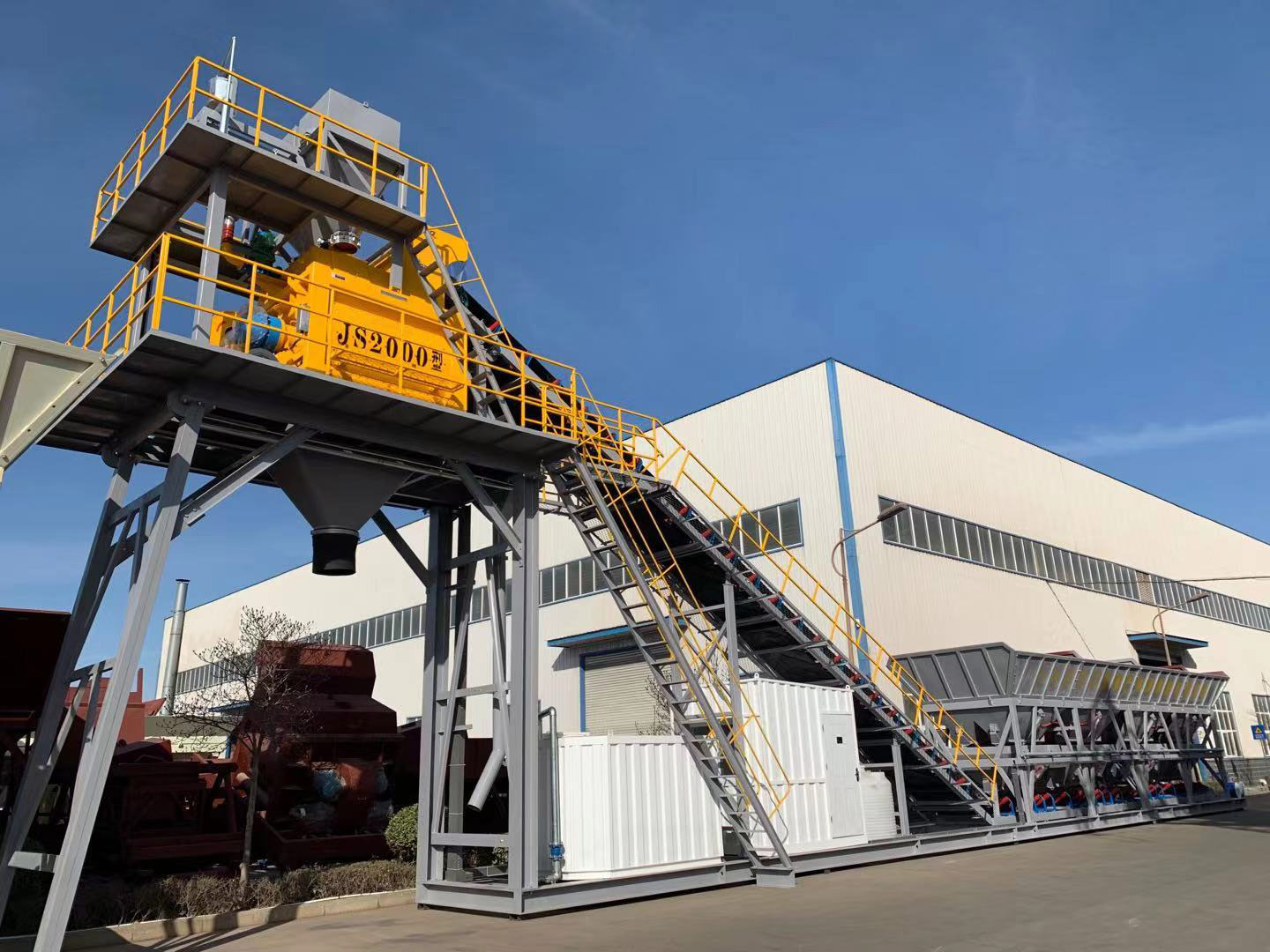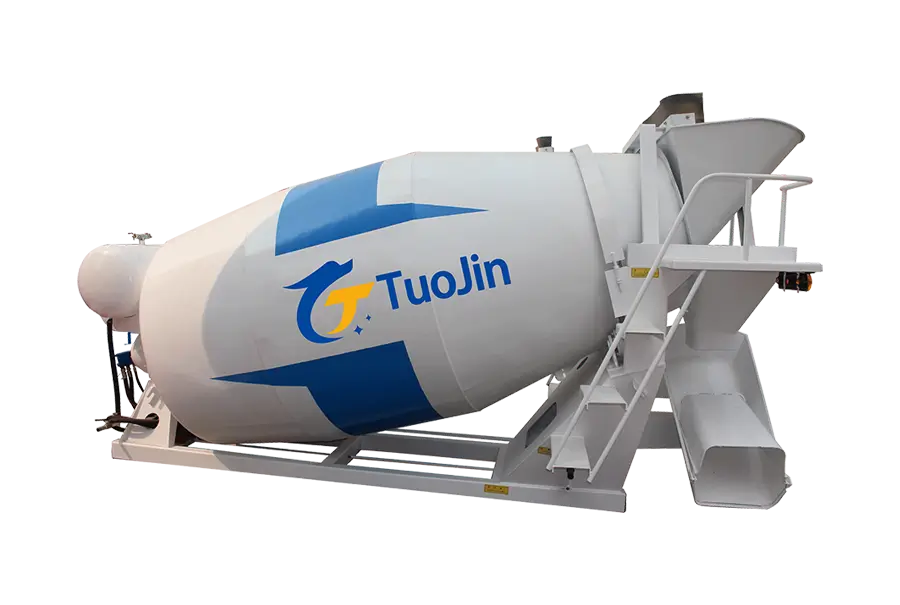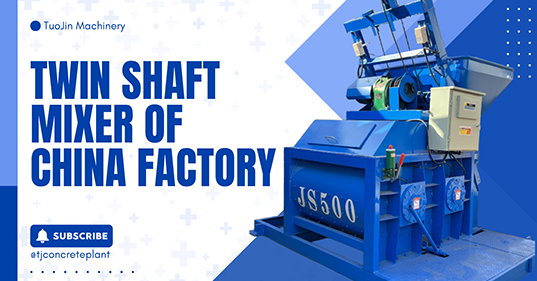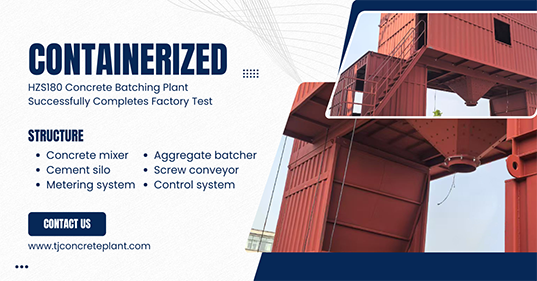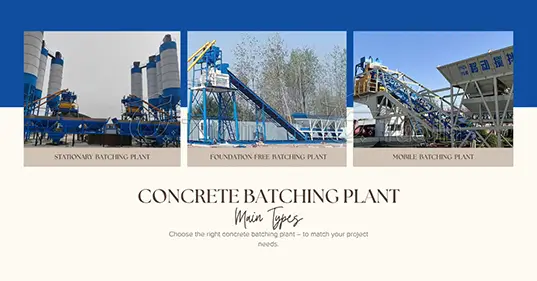Product Description
Concrete mixer tank is a specialized piece of equipment used for transporting and mixing concrete, widely applied on various construction sites and in commercial concrete production plants. Its primary function is to continuously mix or maintain the mixing of concrete during transportation, preventing segregation or premature setting and ensuring the quality of the concrete.
How does a concrete mixer tank work?
Concrete mixer tank operates by using a hydraulic system to drive the rotation of the mixing drum:
Forward Rotation (Loading and Transporting): The spiral blades push the concrete inward along the drum, achieving mixing and preventing segregation.
Reverse Rotation (Discharging): The spiral blades push the concrete toward the drum opening, allowing for discharge.
If the drum stops rotating for an extended period, the concrete may segregate. Therefore, it is necessary to keep the drum continuously or intermittently mixing during transportation.
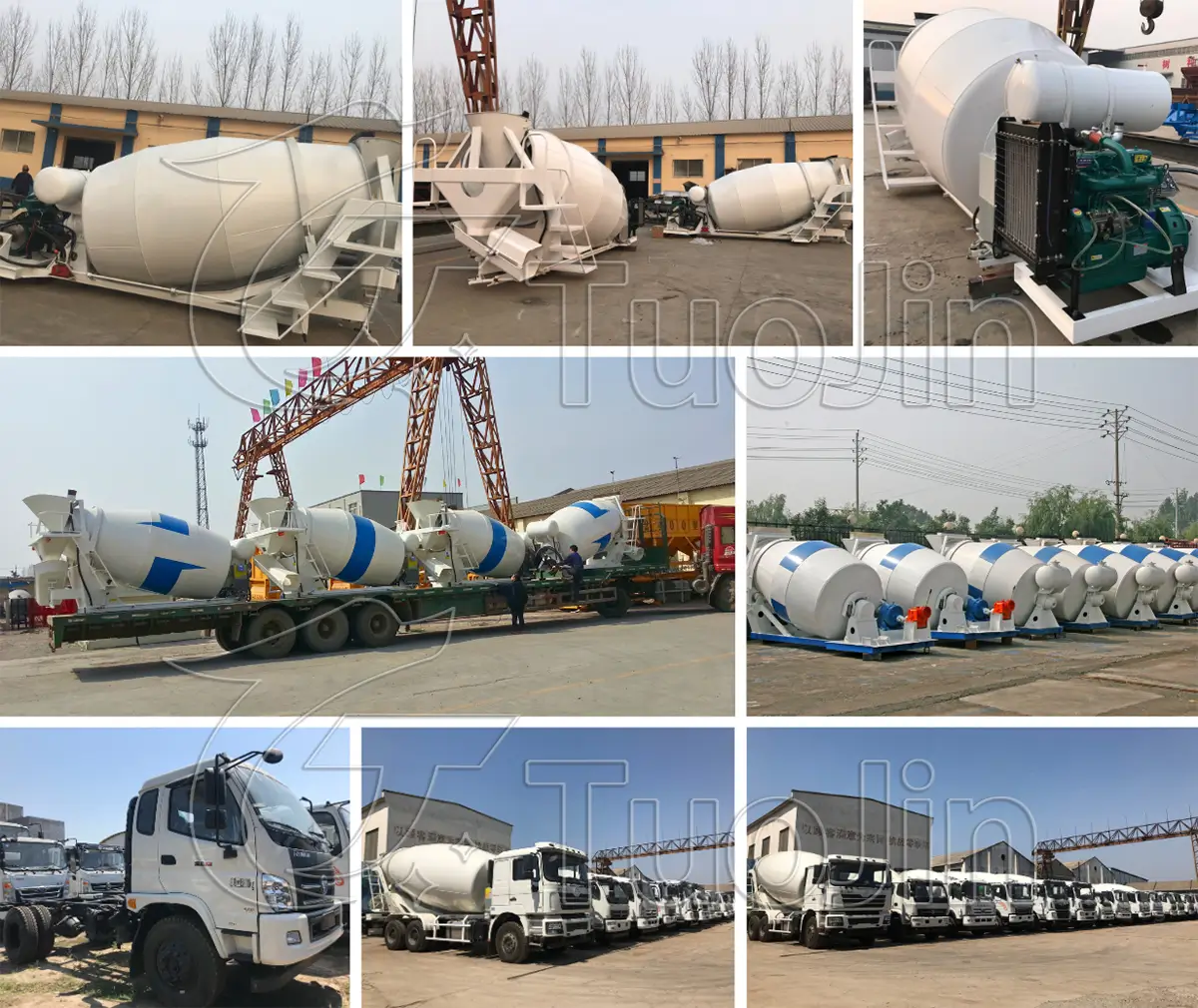
Parts of Concrete Mixer Tank
1. Tank (Mixing Drum)
Usually made of high-strength wear-resistant steel plates, the tank is equipped with internal spiral blades that allow forward rotation for mixing and reverse rotation for discharging concrete.
Wear-resistant liners can be added inside the drum as needed to extend service life.
2. Drive System
Composed of hydraulic pump, hydraulic motor, and reducer, the drive system transmits engine power to rotate the mixing drum.
3. Hydraulic System
Provides the hydraulic power required for drum rotation. The stability and performance of the hydraulic system directly affect mixing efficiency and equipment lifespan.
4. Water Supply System
Used for cleaning the inside of the drum and removing residual concrete after unloading. It can also be used to add water to adjust concrete consistency when necessary.
5. Feeding and Discharging Devices
Includes feeding hopper, discharge chute, and guide chute, which control the direction and flow rate of concrete loading and unloading.
6. Chassis (for truck-mounted mixers)
The mixer drum is mounted on the chassis of a mixer truck, enabling mobility and transportation.
Advantages & Features
Uniform Mixing and High Efficiency: The spiral blades are designed with optimized angles to ensure the concrete remains in a homogeneous state throughout transportation.
Wear and Corrosion Resistance: Made with high-strength steel and equipped with wear-resistant liners, significantly extending the service life.
Stable and Reliable Hydraulic System: Equipped with imported or high-quality domestic hydraulic components to ensure continuous and reliable power output.
Easy Operation and Maintenance: The control system features a user-friendly design, making daily cleaning and maintenance simple and efficient.
Strong Adaptability: Suitable for various climate and road conditions, meeting the demands of complex construction environments.
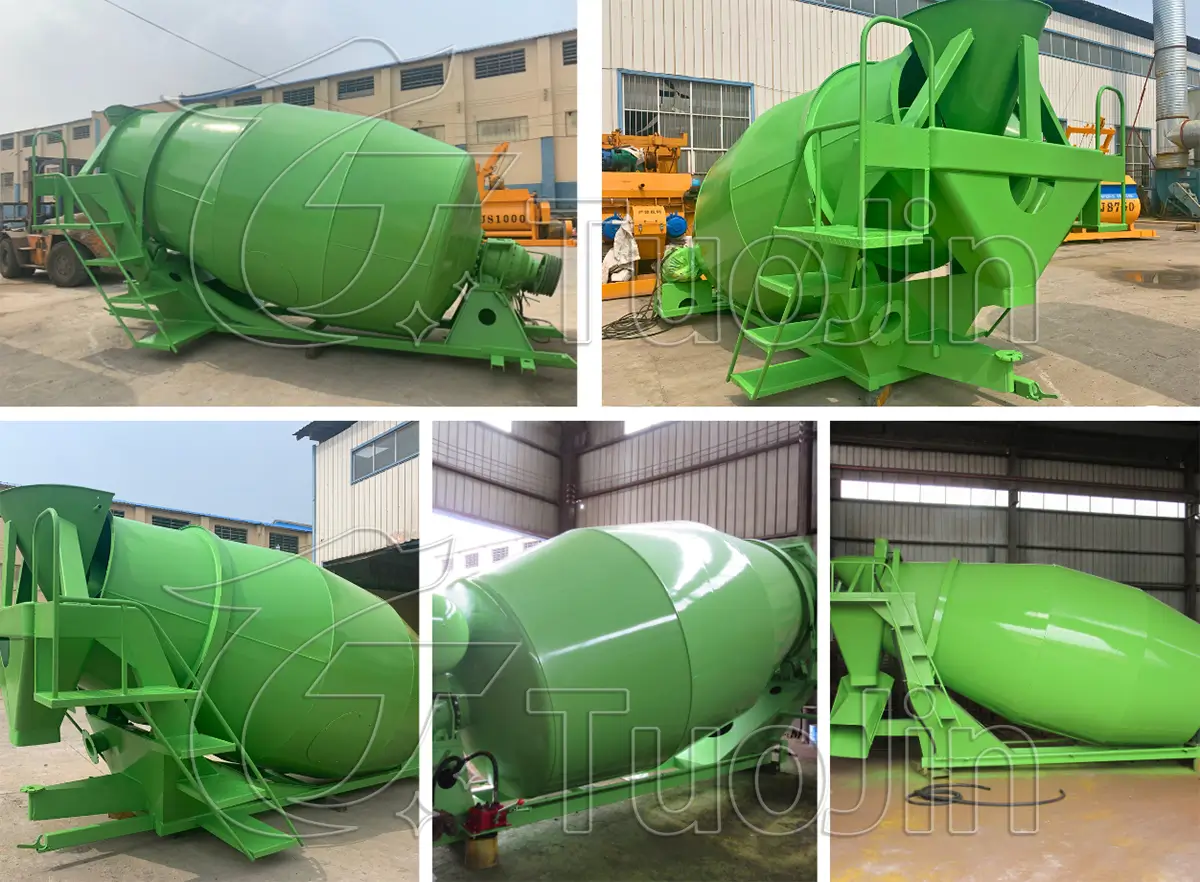
Technical Specifications
| Inner capacity | 2m³ | 3m³ | 4m³ | 5m³ | 6m³ | 7m³ | 8m³ | 9m³ | 10m³ | 12m³ | |
|---|---|---|---|---|---|---|---|---|---|---|---|
Geometric volume | 3.6m³ | 5.2m³ | 6.1m³ | 8.5m³ | 9.6m³ | 10.2m³ | 11.8m³ | 13.2m³ | 15m³ | 17.5m³ | |
Diameter of cylinder | 1.6M | 1.8M | 1.8M | 2.05M | 2.05M | 2.15M | 2.2M | 2.3M | 2.3M | 2.3M | |
| Tilt Angle | 13° | 15° | 15° | 14° | 14° | 16° | 16° | 14° | 14° | 13° | |
| Dimension(Length*width*height)(mm) | 3750✖1600✖1810 | 4220✖1800✖2160 | 4610✖1800✖2215 | 4690✖2050✖2320 | 5100✖2050✖2432 | 5180✖2150✖2510 | 5374✖2200✖2573 | 5640✖2300✖2687 | 6120✖2300✖2742 | 6950✖2300✖2850 | |
Installation Dimensions (mm) | 760✖2750 | 800✖3300 | 800✖3600 | 800✖3900 | 800✖4200 | 800✖4200 | 860✖4530 | 860✖4900 | 860✖5300 | 860✖5700 | |
| Rotation speed | 0-10r/min | 0-10r/min | 0-10r/min | 0-10r/min | 0-10r/min | 0-10r/min | 0-10r/min | 0-14r/min | 0-14r/min | 0-14r/min | |
| Reducer | Chongqing Rongjiao | Chongqing Rongjiao | Chongqing Rongjiao | Chongqing Rongjiao | Chongqing Rongjiao | Chongqing Rongjiao | Chongqing Rongjiao | Chongqing Rongjiao | Chongqing Rongjiao | Chongqing Rongjiao | |
| Hydraulic motor | BMT30-125 | BMT30-125 | BMT30-125 | BMT50-250 | BMT50-250 | BMT50-250 | BMT50-400 | SUNYY90/90 | SUNYY90/90 | SUNYY90/90 | |
| Gear pump | 50 | 50 | 50 | 63 | 63 | 63 | 80 | SUNYY90/90 | SUNYY90/90 | SUNYY90/90 | |
Hydraulic oil radiator | 16L | 16L | 16L | 16L | 18L | 18L | 18L | 20L | 20L | 21L | |
Total weight of tank | 1200KG | 1400KG | 1500KG | 2280KG | 2330KG | 2450KG | 2670KG | 2980KG | 3210KG | 4100KG | |
Applications
Concrete transportation for commercial concrete batching plants
Municipal engineering, bridge and tunnel construction
High-rise building pouring operations
Internal concrete conveying in precast component factories
Customization and Model Selection Recommendations
Select tank volume based on project concrete demand: commonly recommended 6m³–8m³.
Choose well-known brands for chassis and hydraulic components.
For operations in mountainous or hilly areas, select models with strong power and high ground clearance.
Tank color, brand logo, anti-corrosion coating, etc., can be customized.
Factory delivery of Concrete Mixer Tank
Production Lead Time: Typically 7–15 working days, depending on the specific order requirements.
Packaging Method: Standard export packaging with reinforced protection for key components.
Factory Testing: All equipment undergoes rigorous debugging and testing to ensure reliable performance.
Supporting Documents: Detailed equipment manuals, operation and maintenance guides, and spare parts lists are provided to the customer.
Transportation: By land or sea, with packing lists and container loading diagrams supplied.
Delivery Options: Offers both complete machine delivery and component shipment, with support for on-site assembly by the customer.
Optional Configurations: Each concrete mixer tank is customized to meet the customer's specific needs. Variations in configuration mean every concrete mixer tank is unique!
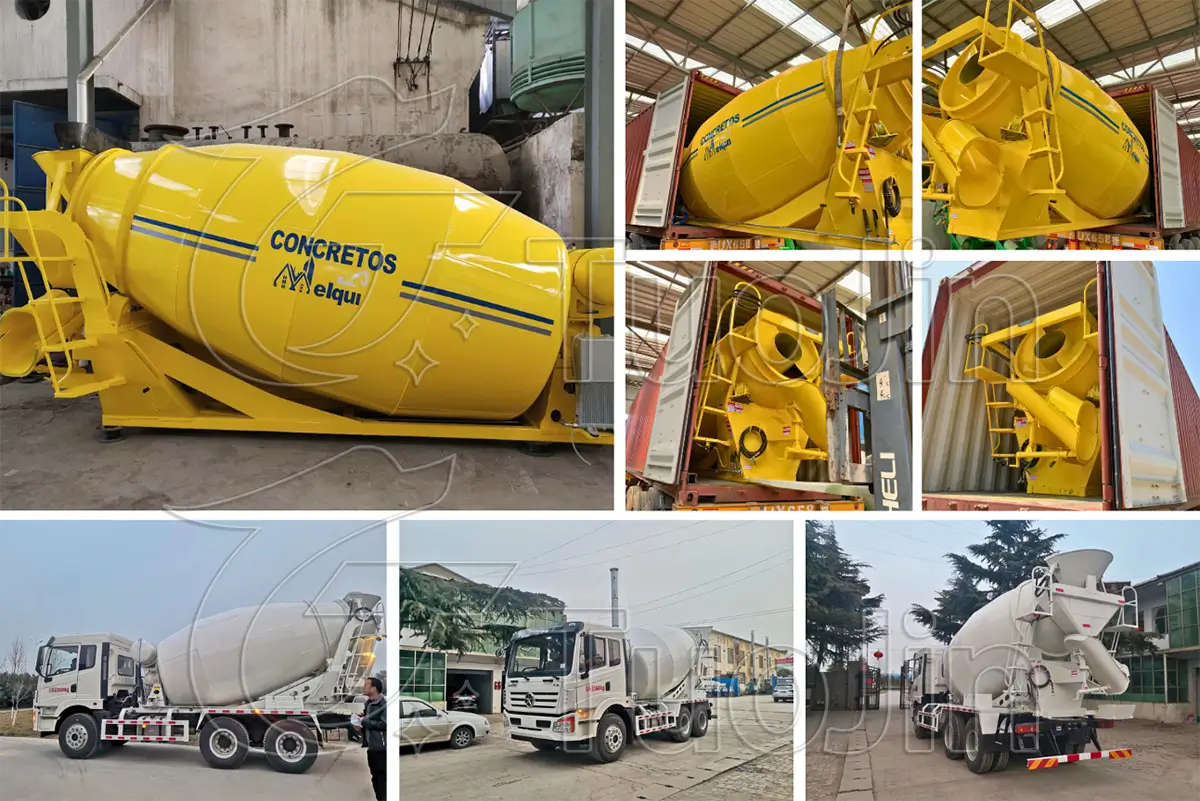
Usage and Maintenance Recommendations
Clean the tank daily to avoid residual concrete hardening.
Regularly check the hydraulic system and reducer oil levels.
Inspect mixer blade wear and replace them in time.
Do not store debris or mix other materials inside the tank.
In winter, take antifreeze measures and use antifreeze fluid to clean the water system when necessary.
FAQ
1. What could cause the mixer tank to stop rotating?
Possible reasons include hydraulic system failure, electrical control malfunction, or damage to the reducer.
2. What is the maximum transportation time for concrete?
Generally no more than 2 hours. The exact duration depends on the concrete mix, temperature, and other environmental conditions.
3. Can the mixer tank remain stationary for a long time?
Not recommended. Concrete may segregate or begin to set. It's best to keep the drum rotating slowly or intermittently.
4. Can the mixer tank be used to transport other materials?
Not recommended. Concrete mixer tanks are specially designed for mixing and transporting concrete. Using them for other materials (such as mortar, gravel, or fly ash) may damage the tank or make cleaning difficult, affecting future use.
5. How does low winter temperature affect the mixer tank? How to protect it?
Cold weather can cause hydraulic oil to thicken and water pipes to freeze, impacting equipment performance. Use low-temperature hydraulic oil, add antifreeze, and clean the drum thoroughly after each use to prevent residual concrete from freezing and causing blockages.

